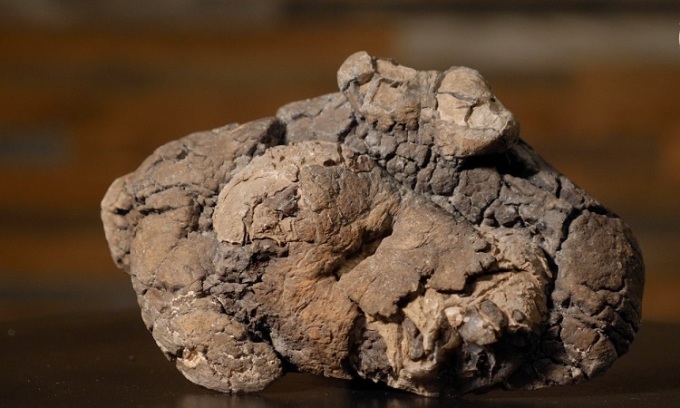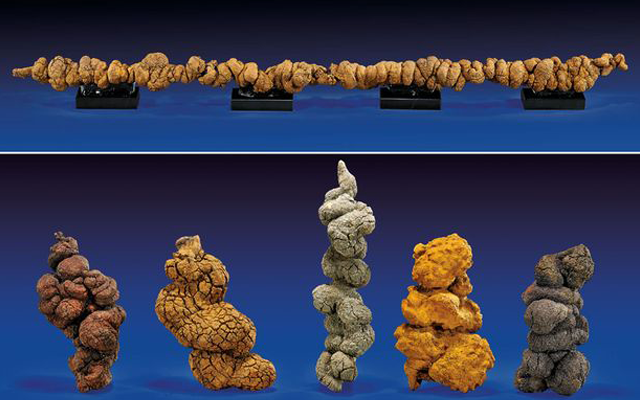
Miners used to flock to Cambridgeshire, England in the 19th century to dig up dinosaur dung fossils for a profit.
Coprolite, also known as prehistoric manure, has been highly valued since its discovery in the 19th century. Not only is it considered an invaluable treasure by paleontologists and archaeologists, it is also used to dig up dinosaur droppings to make food. Fertilizer in Victorian times was thought to be a particularly profitable business, according to Ancient Origins.
During the 1850s, a wave of miners flocked to Cambridgeshire, England, in a rush to dig up fossil dinosaur dung. This strange craze is tied to the increased demand for fertilizer due to food shortages after the Napoleonic wars.
Fossil droppings were first discovered in the early 19th century by English fossil hunter Mary Anning. She noticed that the specimen contained small pieces of fish and bones. This detail inspired geologist William Buckland to name the specimen coprolite in 1829, after the Greek roots kopros (feces) and lithos (rock). Coprolites come in a variety of shapes and sizes, including a massive 67.5-centimeter specimen nicknamed Barnum, which is believed to belong to a tyrannosaur.
While small coprolites are relatively common, dinosaur droppings are rare because most of the dinosaur excreta is dispersed on the ground, especially if dropped from an elevated location. Although most specimens look like stones, some have retained their distinctive colors and contours.
John Stevens Henslow, a botanist from Cambridge, played a key role in identifying the phosphate composition in coprolite. In 1845, he published a paper on the potential economic value of fossil fertilizers, which led to many undesirable consequences. Similar to the gold rush in California, USA, digging in coprolite-rich sites in eastern England sparked a fossil dung fever.
Once submerged, these areas are perfect sites for coprolite conservation due to their soft surface. Since the 1859s, the phenomenon has attracted hundreds of miners to the area, eager to find new profitable opportunities. However, the fever was short-lived. In the 1880s, fossil fertilizers gave way to man-made fertilizers.
 Today, coprolite is prized for a completely different reason. By examining samples of pollen, DNA and even the parasites inside, coprolite can help scientists understand the ecology and diet of long-extinct creatures. In one example, researchers used small bones in dinosaur droppings to demonstrate that tyrannosaurs crushed their prey. Fossil droppings from the Jurassic period are still highly valuable. A collector once paid $10,370 at auction for a 6-million-year-old coprolite specimen.
Today, coprolite is prized for a completely different reason. By examining samples of pollen, DNA and even the parasites inside, coprolite can help scientists understand the ecology and diet of long-extinct creatures. In one example, researchers used small bones in dinosaur droppings to demonstrate that tyrannosaurs crushed their prey. Fossil droppings from the Jurassic period are still highly valuable. A collector once paid $10,370 at auction for a 6-million-year-old coprolite specimen.